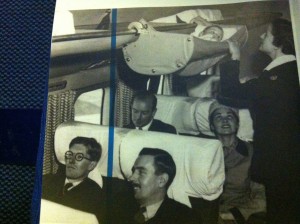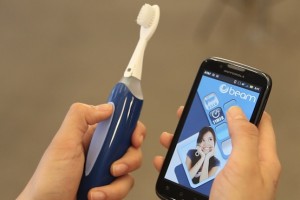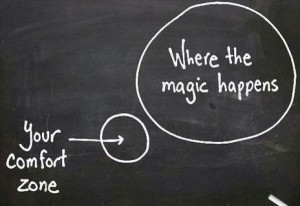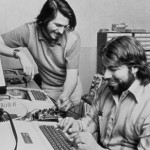We know that mobiles and smart devices are transforming how we shop and communicate today, and how we will learn in the future. Generation Y has mastered the art of mobility and will not want to be tied to one office, nor one company, as they seek varied and interesting employment in future.
What remains is that our role as educators is to transform these learners to earners – to give them the skills to embark on career pathways to suit their needs, to give them a platform to upskill or change direction as they see fit – but importantly to furnish them with the skills for the world of work.
It is important we understand how they operate, for they are both our workforce and our customer of tomorrow. How do we offer this to them? How do we engage them to shape how learning meets their needs in future? With things evolving faster than ever before, how can we stop for long enough to make impact?








